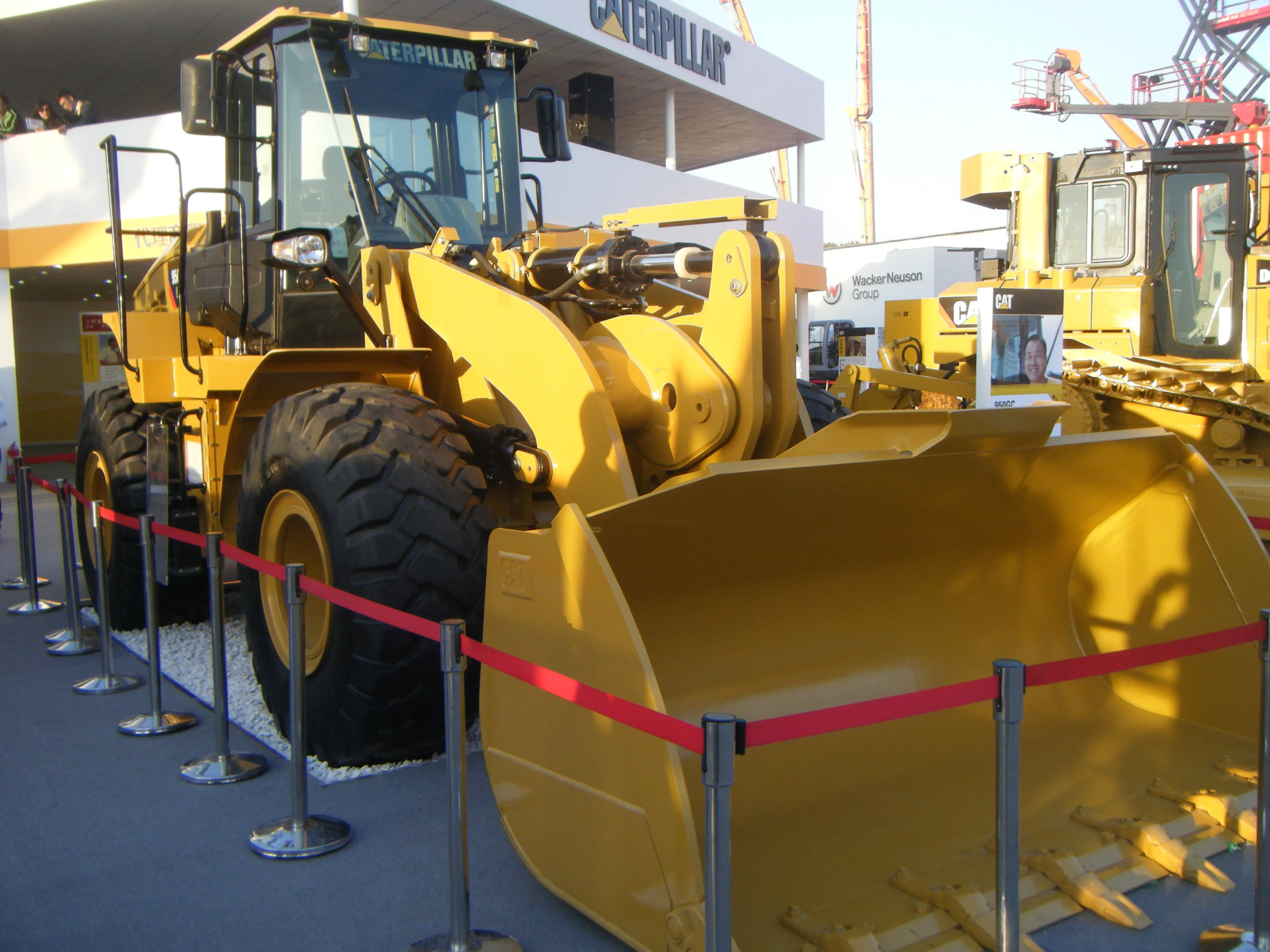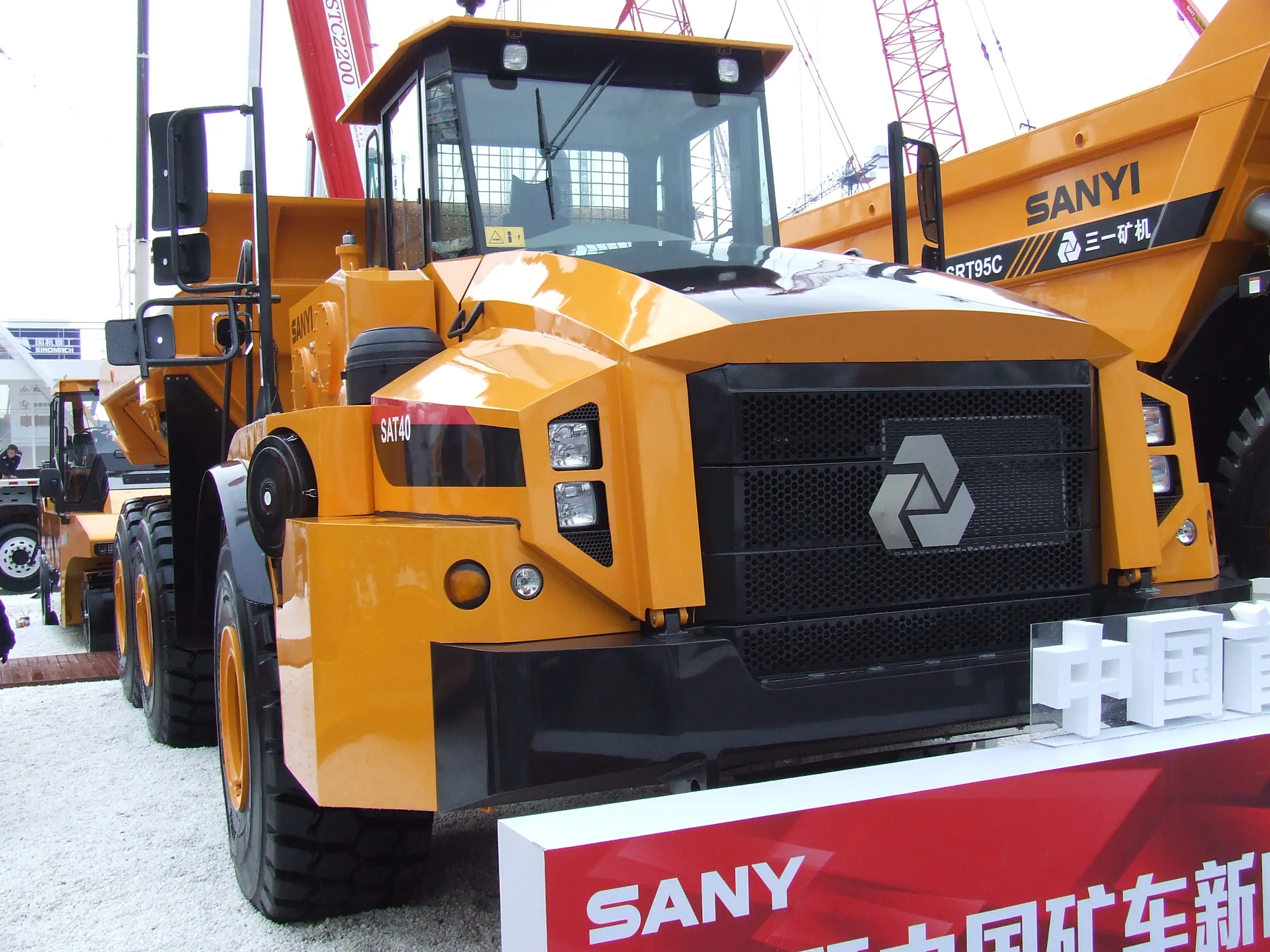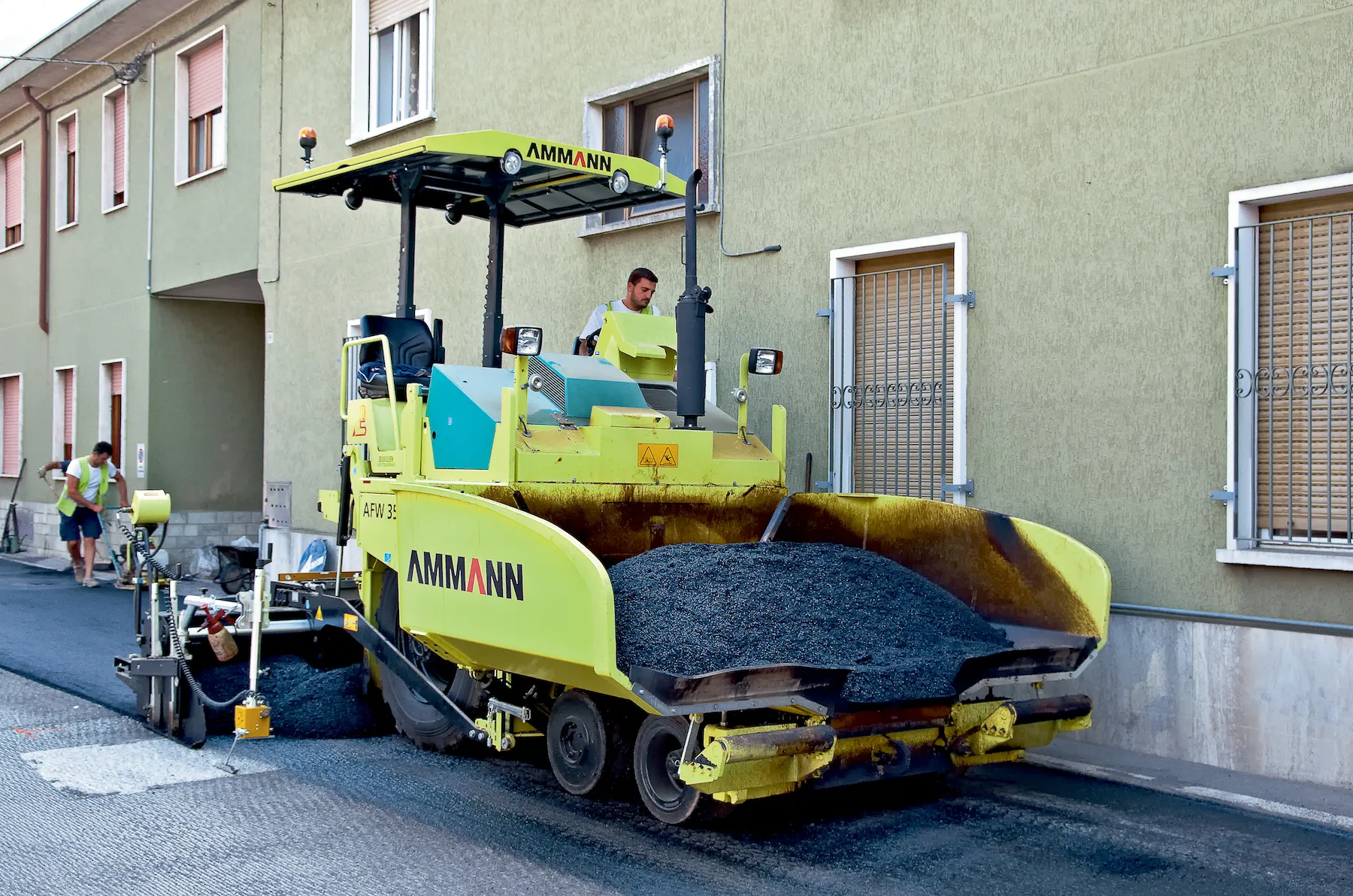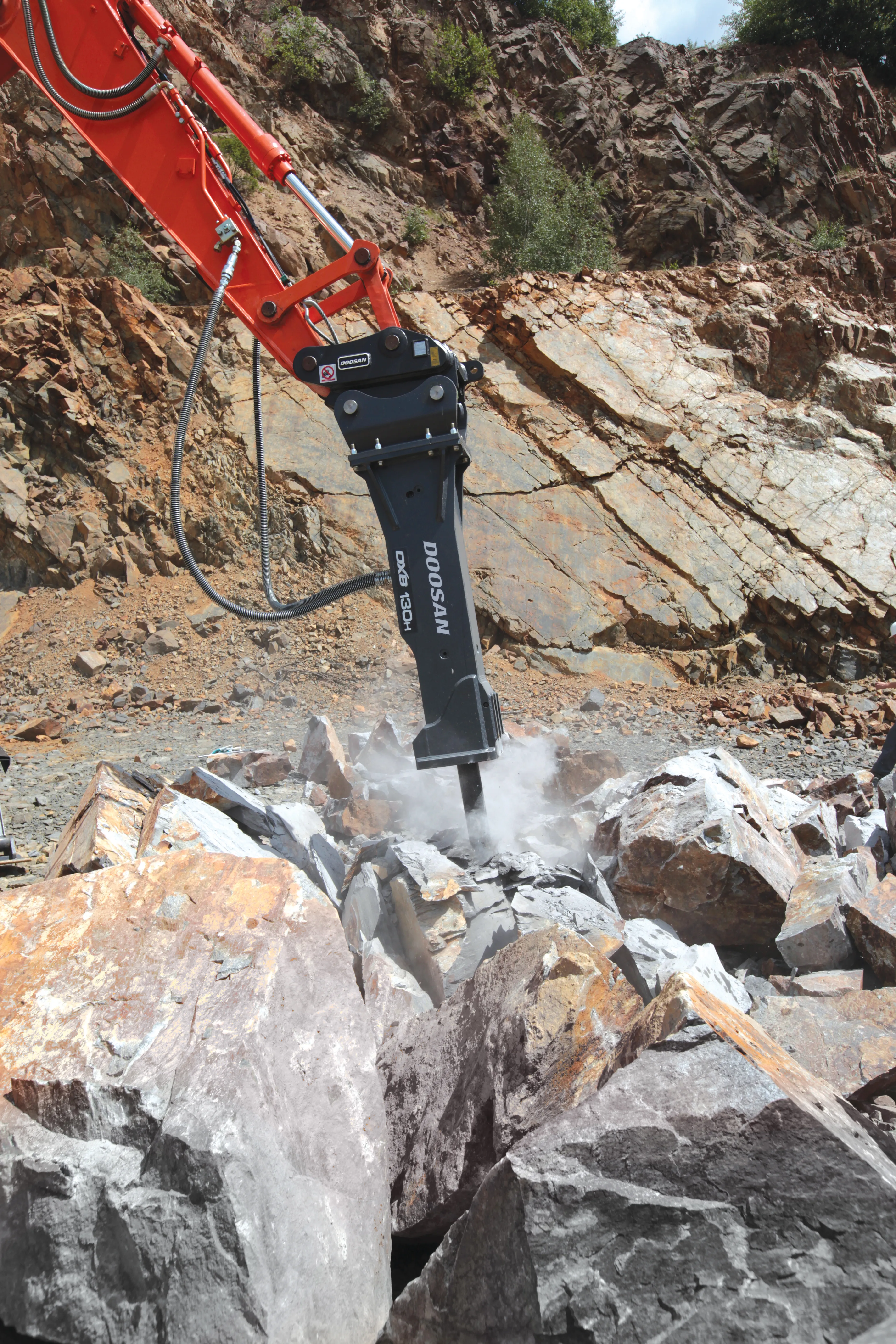
The five new Caterpillar machines being introduced at BICES are all the products of extensive research and development programmes based on extensive customer feedback. In addition the company has new products bearing the Chinese SEM branding, also developed for the local market.
The new
In many respects the 950GC loader is of particular importance for China and Bob de Lange, Caterpillar’s global wheeled loader manager said, “It’s a brand new loader that was specifically designed for the Chinese market and customers. It’s built for reliability, low fuel consumption and is easy to operate in a wide variety of applications.”
Power comes from a C7.1 diesel rated at 168kW and which meets the Tier 3 emissions requirements while being economical on fuel and he said, “We have invested a lot to reduce operating costs. The 950GC is a reliable, low fuel consumption and easy to operate machine.”
He said that the ergonomic cab will ensure high comfort levels throughout the working day and said that the engine and drivetrain are all based on well-proven components. Weighing in at 18.6tonnes the machine features a 3.1m3 bucket as standard while it is being sold in markets such as India and Latin America, in addition to China where it is being constructed.
Dick Mars, one of Caterpillar’s application specialists for the Asia Pacific Region added, “This machine represents five years of research and development. It’s been developed through the voice of the customer feedback process.”
He said that the firm built prototypes and tested these in the field before going back and changing the design based on the customer input, with the configuration going through a number of iterations before the design was finalised. “Some of the parts are legacy components like the buckets but others, like the front and rear chassis, are developed from existing designs. It’s not the same as our 950H at all.”
Built specially for the Chinese market, the SEM 650LNG wheeled loader is a 17tonne machine fuelled by LNG and power comes from a
The M315/317D wheeled excavators are a new introduction for Caterpillar in China and the wheeled excavator, worldwide product manager, Brian Abott said, “We at Cat are excited about the prospects for wheeled excavators in China. These build on the M300 series developed in Germany but are designed for the Chinese market. The key topic is versatility and mobility. We have world leading load-sensing hydraulics and that means high productivity and less fuel consumption for the customer.”
Using well-proven components will ensure reliability, while maintenance is also simplified. The cab and tyres fitted are different from those on the German built machines but the driveline is the same while the machine has a Tier 3 compliant version of the engine used in the machine built in Germany. He said, “You can do all the daily maintenance from the ground. We offer centralised greasing so the customer can do it all at one stop.”
Abbott continued, “We believe the wheeled excavator is going to be a leading solution for China and we start manufacturing in January. It’s bringing the best in hydraulics, serviceability, safety and ergonomics.” He said that this highly mobile and versatile machine will appeal to a range of customers including large construction firms, small contractors and government bodies.
The 313D2, 320D2 and 336D2 excavators are also adapted for Chinese needs and meet Tier 2 emissions requirements. The 313D2 is a 13.4tonne machine with power from a 3054 diesel rated at 70kW.
The 320D2 is powered by a C7.1 diesel that uses direct injection and can be operated at altitudes up to 4,000m. Shum said, “In China the diesel quality can be bad and the customer feedback is that electronic control engines have a lot of problems so we’ve gone back to this injection system.”
However performance is maintained while this engine offers fuel savings of 3-5% over the diesel in the earlier 320D being replaced. The 336D2 is powered by a C9 diesel and, like its smaller siblings, features a rugged x-shaped, box-section carbody as well as sealed track components to extend pin and bushing wear life.
Ge Zhou is regional manager for excavators and said, “The 336 is used a lot in the quarry market and the customers gave feedback that they used a lot of fuel so we used computer modelling and without compromising performance we were able to reduce fuel consumption by 7%. A challenge to the industry is the quality of the fuel, so we have changed the injection system and use direct injection. We have a strong engine that uses very little fuel.”
He added that because Chinese machines are expected to work long hours in difficult conditions the firm has also increased the thickness of the steel so as to boost strength and durability.









